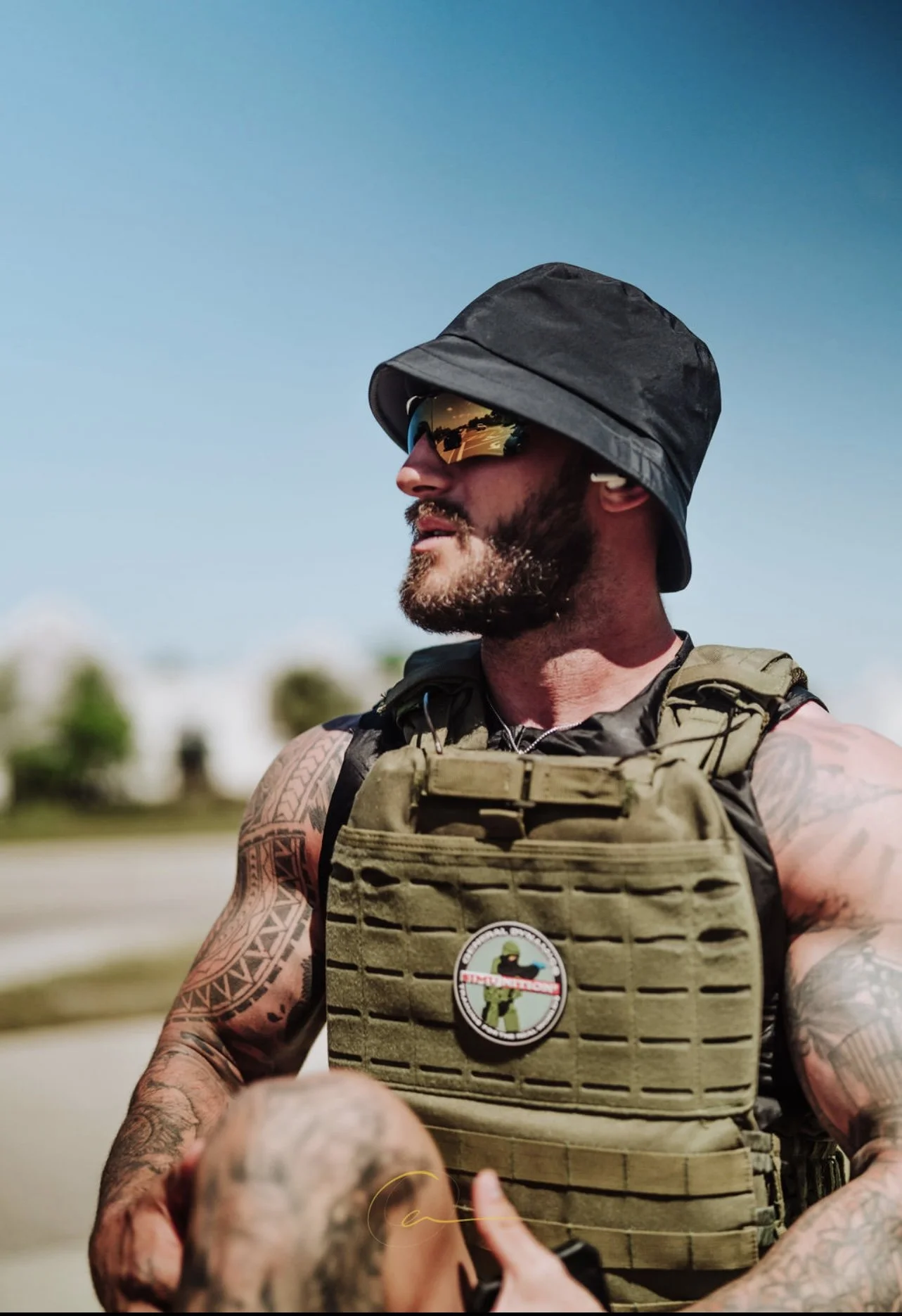Strength for the Mission
The Need for Strength and Conditioning in Tactical Operations
Optimizing Human Performance in High-Stress Environments
For nearly a decade, I have had the privilege of training some of the world’s most elite tactical operators, including DELTA Force, 75th Ranger Regiment, MARSOC, SOCOM, LEO, and Special Operations Units (SOU). In this field, strength, and conditioning (S&C) is not just about physical development—it is about preparing individuals to perform at their highest level under extreme stress. Training programs must be designed with a critical, analytical approach to ensure these elite professionals are equipped to handle the unpredictable nature of tactical operations.
Why Strength & Conditioning Matters for Tactical Operators
Strength and conditioning are often associated with competitive athletics, but the need for peak physical performance extends beyond sports. Tactical operators—whether in military, law enforcement, or special operations—are athletes. Their profession demands an extraordinary level of situational awareness, cognitive agility, and physical resilience.
The tactical world continues to evolve, and with it, the data collected from real-world operations. As strength coaches, our responsibility is to analyze these data points, identify performance gaps, and design programs that enhance durability, endurance, and combat readiness. The goal is not just to build muscle or increase speed but to fortify the body and mind against the rigors of high-stress environments.
Mitigating Operational Risk Through Training
The job of a tactical strength and conditioning specialist goes beyond traditional fitness programming. While increasing muscle mass, speed, and cardiovascular conditioning are essential, preparing operators for real-world scenarios is the primary focus.
This includes training elements such as:
- Situational Awareness: Enhancing the ability to assess threats and make rapid decisions.
- Cognitive Function: Training the brain to process information efficiently under stress.
- Parasympathetic Breathing Patterns: Teaching controlled breathing techniques to regulate stress responses.
- Mental Fortitude: Developing resilience to push through physically and psychologically demanding situations.
Just as a UFC fighter or Olympic sprinter trains for sport-specific performance, tactical operators must train for mission-specific performance. The difference? Their “arena” is unpredictable, and the consequences are life or death.
Action Beats Reaction—But What About Pro-action?
One of the most profound truths in tactical training is:
❝ No tactical decisions are made with a resting heart rate. ❞
This principal underscores why preparing operators to function under elevated heart rates is essential. Every real-world scenario involves high stress, adrenaline surges, and the need for instant decision-making. If we train in a controlled, low-stress environment, we fail to replicate the physiological and cognitive demands of combat or emergency situations.
To address this, I integrate CNS (central nervous system) shock training. The difference in my protocol is that I deliberately elevate heart rate by engaging in tactical drills. This translates into mirroring a high stressful, physical, and mental response to various situations which would require an operator to effectively perform has their most optimal level. This method provides multiple benefits:
1️) Stress Exposure Training – Operators must learn to perform at high levels even with an increased heart rate utilizing their issued tactical equipment.
2️) Enhanced Situational Awareness – Recognizing internal and external stress responses improves decision-making. Ex) Your unit of special operators is conducting high-intensity training, outfitted in full issued gear, operating under heavy loads, and executing rapid, multidirectional movements. The focus is on speed, agility, and offensive task execution. However, mid-exercise, the scenario shifts: an operator is declared wounded.
This triggers an immediate transition from an aggressive advance to a tactical casualty evacuation (TACEVAC) under fire. The team must now balance rapid medical extraction with maintaining security, engaging threats as needed. Their priorities shift to suppression, stabilization, and movement—executing controlled, efficient actions to recover their teammate while mitigating further risk.
This stress-induced shift in mission focus tests combat adaptability, reinforcing decision-making, communication, and real-world tactical response under duress.
3️) Creating a Circumstantial Norm – Training under elevated stress makes real-world situations feel more manageable. Ex) Operators undergo repetitive drills involving weapon transitions, restraints, and non-lethal tools, reinforcing instinctive access and deployment. This deliberate conditioning enhances cognitive processing, optimizing muscle memory for seamless execution under stress. The objective is to refine motor patterns, ensuring immediate, precise action without conscious hesitation—critical for operational efficiency in high-threat environments.
What to Take Away
Strength and conditioning for tactical operators is more than lifting weights or improving endurance—it is about optimizing human performance in the most challenging conditions imaginable. A well-structured program must develop physical strength, cognitive sharpness, stress resilience, and decision-making skills under duress.
In the world of tactical operations, action beat’s reaction—but pro-action wins the fight. By designing training programs that mirror real-world stressors, we ensure that the men and women who serve in elite roles are always prepared, always resilient, and always ready for the unknown.

